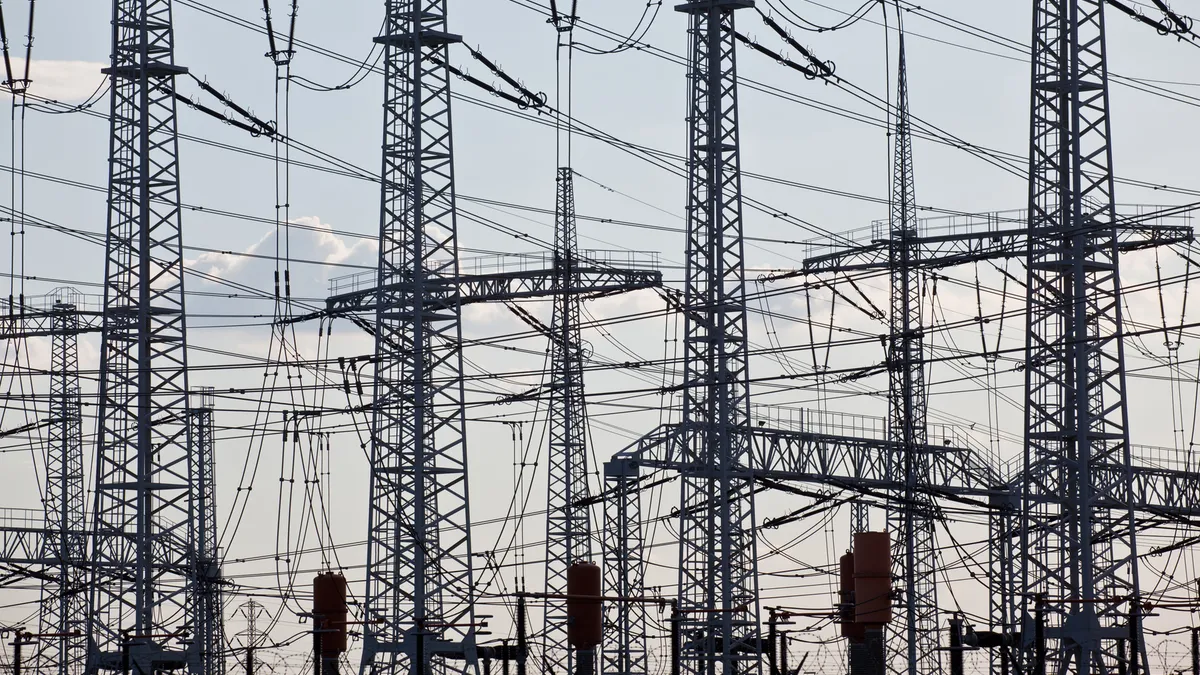Dive Brief:
- Federal regulators have authorized ISO New England to fully integrate demand response into the operator's wholesale markets, in spite of uncertainty over a court's decision to vacate FERC Order 754.
- RTO Insider reports that some of the tariff changes have already gone into effect, in advance of the grid operator's forward capacity auction slated for next month.
- The Obama administration has indicated it will appeal the D.C. Circuit Court's decision on Order 745 to the Supreme Court, but in the meantime the state of demand response has remained in question throughout the nation's RTO territories.
Dive Insight:
There is still considerable uncertainty over the state of demand response, but federal regulators nonetheless have approved tariff changes that allow ISO-New England to fully integrate the resource into its wholesale markets.
The New England Power Generators Association had asked regulators to delay a decision because the U.S. Court of Appeals for the District of Columbia Circuit held in Electric Power Supply Association v. FERC that the commission lacked jurisdiction to regulate rates for supply-side demand response resources. According to NEPGA, the decision extended to all commission-jurisdictional markets including the forward capacity market and the forward reserve market.
The commission responded that "while we acknowledge that the EPSA decision creates uncertainty for demand response resources in FERC-jurisdictional wholesale markets, we find it appropriate at this time to proceed with these market enhancements until further action is taken."
ISO-NE had modeled a single demand response asset that can both reduce its load and inject energy into the electric grid as two separate assets, both a demand response asset and a net supply generator. But such an asset is unable to provide generation to the system until its load is first reduced to a level below the output of the generator. Modeling the load reduction and generation capabilities separately led the system to miss the dependency and potentially over-count available reserves, FERC noted.















